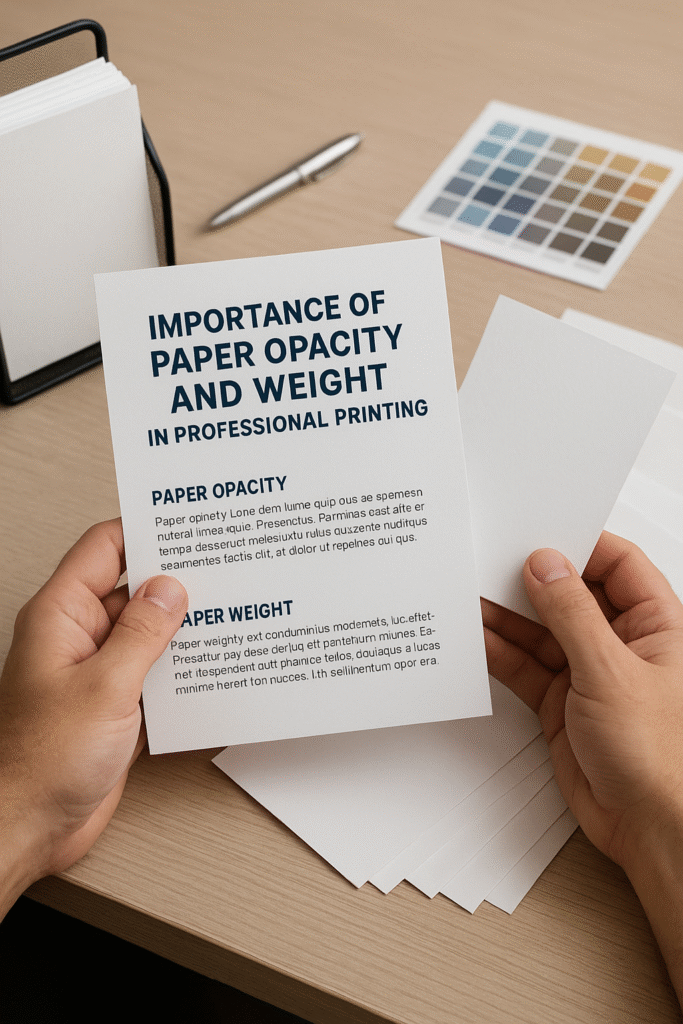
When it comes to professional printing, quality is everything. Whether you’re producing brochures, reports, marketing materials, or business proposals, the type of paper you choose can greatly influence the final result. Two key attributes that often go overlooked are paper opacity and paper weight. These characteristics affect not just how a document looks and feels, but also how it functions—especially in double-sided printing and high-end presentations.
In this article, we’ll explore the importance of paper opacity and weight in professional printing, how they impact print quality, and how to choose the right combination for your business needs.
What Is Paper Opacity?
Opacity refers to how much light can pass through a sheet of paper. The higher the opacity, the less light can pass through, and the less you’ll see what’s printed on the other side of the sheet.
Paper opacity is usually expressed as a percentage:
- 100% opacity means no light passes through (completely opaque).
- 0% opacity means full transparency (completely see-through).
In professional printing, high opacity paper is important when you’re printing double-sided documents, as it prevents “show-through,” where text or images from one side can be seen from the other.
What Is Paper Weight?
Paper weight refers to the thickness and density of the paper. It is typically measured in:
- Pounds (lb) in the USA (based on the weight of 500 sheets of a specific size)
- Grams per square meter (GSM) internationally (more precise and commonly used in professional printing)
Common paper weights include:
- 20 lb / 75 GSM – Standard copy paper
- 24 lb / 90 GSM – Higher quality office paper
- 28–32 lb / 105–120 GSM – Professional reports and letterheads
- 80–100 lb cover / 200–270 GSM – Business cards, postcards, and premium brochures
Heavier paper offers a more premium feel, improved durability, and better ink absorption, especially for high-resolution images.
Why Opacity and Weight Matter in Professional Printing
1. Enhanced Readability and Presentation
Using paper with high opacity prevents show-through, making your documents easier to read and more professional-looking—especially important for business proposals, catalogs, or training manuals that are printed on both sides.
2. Brand Image and Quality
The weight of your paper influences how your brand is perceived. Light, flimsy paper can seem cheap, while thick, sturdy paper conveys quality and attention to detail. It can turn an average flyer or presentation into something impressive and memorable.
3. Improved Print Results
Heavier and more opaque paper offers better ink retention and reduces the chance of ink bleeding or smudging. This is critical for color-rich materials like brochures, catalogs, or photo-heavy presentations.
4. Double-Sided Printing
If you’re printing on both sides, using high-opacity paper with adequate weight prevents transparency and ensures that both sides remain clean, legible, and distraction-free.
Choosing the Right Opacity and Weight for Your Project
Here’s a quick guide to help you choose the right combination of paper opacity and weight for different professional printing needs:
| Application | Recommended Weight | Recommended Opacity |
|---|---|---|
| Business Letters | 24 lb (90 GSM) | 90%+ |
| Brochures | 80–100 lb text (150–200 GSM) | 95%+ |
| Postcards | 100–110 lb cover (250–300 GSM) | 98%+ |
| Reports/Proposals | 28–32 lb (105–120 GSM) | 95%+ |
| Catalogs | 70–80 lb text (100–120 GSM) | 94%+ |
| Flyers | 80 lb text or 100 lb gloss | 93%+ |
Where to Buy High-Opacity and Premium Weight Paper in the USA
Here are top U.S.-based suppliers offering a wide range of professional-grade printing paper:
- Staples – Offers high-opacity inkjet and laser printer paper in various weights for corporate printing needs.
- Office Depot – Carries premium paper for double-sided and color printing with high brightness and opacity.
- Amazon – A wide selection of GSM-rated papers from brands like Hammermill, HP, and Epson.
- Quill – Popular among schools and businesses for bulk high-quality printing paper.
- Uline – Specializes in heavy-duty paper for direct mail and promotional printing.
Final Thoughts
In professional printing, details make all the difference. Paper opacity and weight are not just technical specs—they are key to achieving polished, high-impact printed materials. High-opacity paper ensures clarity and clean visuals, while the right weight enhances presentation and durability.
By selecting the right printing paper weight and opacity, you can ensure your documents reflect your brand’s quality and professionalism. Whether you’re preparing marketing brochures, business cards, or internal reports, these factors should never be overlooked.

